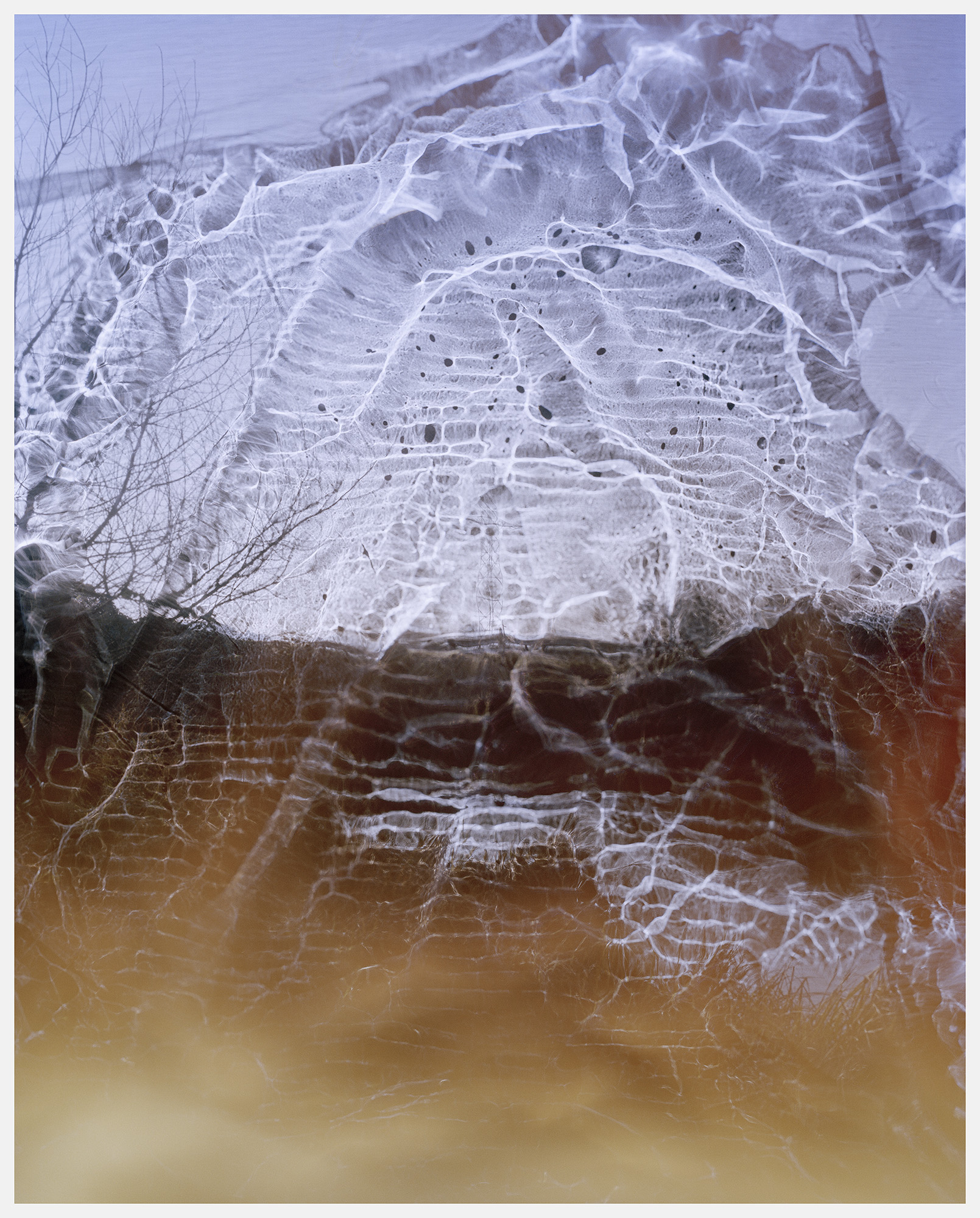Location: Switzerland
Date: 2019
There is a common assumption that rivers are purely natural entities, integral to pristine ecological cycles and processes. In reality, contemporary rivers are far from untouched. For millennia, humans have extensively shaped and modified them—even at the microscopic level. Yet earlier interventions pale in comparison to the transformations brought about since the Industrial Revolution. With the advent of modernity—particularly in relation to water systems—human-made, non-degradable materials such as plastics have become widespread. These materials are now found not only as massive debris in the oceans but also in the smallest rural streams. As a globally pervasive presence, plastics are not only altering ecosystems but are also being integrated into them, blurring the line between the artificial and the organic. Recent ecological perspectives increasingly challenge the artificial boundary between nature and culture.
Access the work documentation
Date: 2019
There is a common assumption that rivers are purely natural entities, integral to pristine ecological cycles and processes. In reality, contemporary rivers are far from untouched. For millennia, humans have extensively shaped and modified them—even at the microscopic level. Yet earlier interventions pale in comparison to the transformations brought about since the Industrial Revolution. With the advent of modernity—particularly in relation to water systems—human-made, non-degradable materials such as plastics have become widespread. These materials are now found not only as massive debris in the oceans but also in the smallest rural streams. As a globally pervasive presence, plastics are not only altering ecosystems but are also being integrated into them, blurring the line between the artificial and the organic. Recent ecological perspectives increasingly challenge the artificial boundary between nature and culture.
Access the work documentation



